Divided opposition pushes Indian democracy into crisis
Democracy or a democratic polity thrives and survives on autonomous institutions which include a powerful opposition keeping the ruling party on its toes by remaining vigilant to serve and further people’s interests
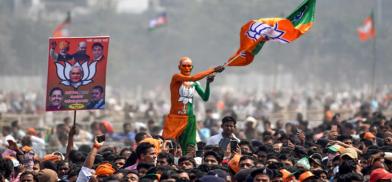
Democracy or a democratic polity thrives and survives on autonomous institutions which include a powerful opposition keeping the ruling party on its toes by remaining vigilant to serve and further people’s interests. Unfortunately, the opposition in India is not only divided but also directionless and ideologically bankrupt against a party that is going strong despite its innumerous policy mistakes and divisive politics. The BJP continues to remain in control as democracy in India turns into a unipolar polity.
A close look at the opposition parties in the country shows the scene is depressing as there is not a single leader who has either a national appeal or a clearly defined roadmap to take on the nationalistic agenda of the RS-backed Bharatiya Janata Party (BJP) under the leadership of Prime Minister Narendra Modi.
The country needs a credible response to the BJP’s ideological hegemonistic dominance that predominantly consists of aggressive Hindutva nationalism which has challenged the idea of India that had emerged during the freedom struggle and was nurtured and shaped thereafter for last seven decades. There is both a need as well as a clear place for an alternative ideological vision that is inclusive and appealing to diverse India.
Since its coming to power in 2014, the BJP has systematically undermined and even destroyed autonomous institutions while claiming to do so in national interest. The country’s constitution that alone is the guarantor of rights is being slowly but surely undermined. Even while it was going on, the opposition was watching helplessly.
Judiciary has been seriously challenged creating doubts over its independence in the popular mind. The same is the case with the educational institutions that have become playgrounds of the divisive agenda of the Sangh-backed BJP. The government, instead of remaining neutral, has shamelessly backed student leaders belonging to the Akhil Bharatiya Vidyarthi Parishad (ABVP) and provided them protection while declaring the rest of student leaders coming from rival parties as "anti-nationals" and levelling charges of sedition against them.
Premier universities like the Jawaharlal Nehru University (JNU), University of Hyderabad (UoH), Film and Television Institute of India (FTII), Banaras Hindu University, Jamia Islamia Islamic and Aligarh Muslim University (AMU) are some educational institutions where the instrument of disruption has been used to destroy them with the objective of replacing the accepted value system with the RSS value system.
The country’s uniformed men and women that include armed forces, police and para-military forces have been politicised. It was visible during the Delhi riots last month where Delhi Police first delayed action against the culprits and then compromised its credibility by its partisan actions.
Dissent, discussion and debate is sought to be first stifled and then replaced through one-tracked nationalism. Faculty and student community has been divided between those who conformed to the official RSS-BJP line and were called nationalist and those who stood with the old liberal system were dubbed as anti-nationals.
Violence and muscle have been used to create trouble and state machinery often stood on the side of those who indulged in criminal acts. State governments crushed youth and student agitations with a hard hand thus reducing and eliminating democratic spaces for debate and discussions. University vice chancellors and other academic institution heads behaved with adult youth like school children, trying to discipline them with threats of expulsion or not allowing them to appear in annual examinations for noting having attended classes and other acts of indiscipline.
The opposition saw all this happening possibly not having a clue as what was being done by the Modi government. All the opposition leaders are busy in protecting their own little political fiefdoms without having the slightest idea that the ground is fast slipping away under their feet. The saddest part of the present democratic crisis is that every opposition leader is seeing not the ruling party with a critical eye but instead is suspicious of the fellow opposition leader.
While regional leaders were either ignorant or were deliberately overlooking the Modi government’s well-planned dismantling of the idea of India that was the legacy of the freedom struggle and was nurtured and strengthened by subsequent generations and governments, a leaderless Congress is only meekly protesting while failing miserably to get its act together by putting its house in order.
It is indeed a national tragedy that even two successive defeats in 2014 and 2019 general elections have not shaken the old leadership of the Congress party enough to wake up from its slumber. Apparently, it continues to live in a mistaken belief that power shall return in due course. It will happen on sheer default and the process will be expedited by the mistakes of its opponents. That the Gandhis alone could lead the party is yet another dogma that is totally out of place in the changing socio-political environment. The Congress’ dithering, inaction and lack of a clear vision has created a political vacuum that is also responsible for the present crisis.
The roadmap for the Congress high command, which essentially means Sonia Gandhi, with Rahul and Priyanka, is clear as they would have to play the role of a catalyst to expedite and facilitate the process of rebuilding the party both ideologically as well as organisationally. While mapping the new route for the party that is full of challenges and hardships, there is no place for either dithering or reluctance as a very large section opposed to sectarian and majoritarian politics of the RSS-backed BJP is looking towards the Congress with hope and expectations. It is more because of regional parties and newer parties like the Aam Admi Party (AAP) have failed to evoke enough confidence among people.
Since it is difficult rather impossible for many of the senior Congress leaders to think about the party without the Gandhis, it becomes all the more imperative for the three of them to evolve a mechanism that can create structures which empowers the party to stand on its own even without them. Though it is difficult it is not impossible. It is the historical responsibility of the Congress and its present leadership to lead the party out of the present mess, failing which more and more younger leaders would follow the footsteps of Rahul Gandhi's once-close aide Jyotiraditya Scindia, leaving the oldest party to fade slowly but surely (IFS).
(The writer is Research Associate, Observer Research Foundation)




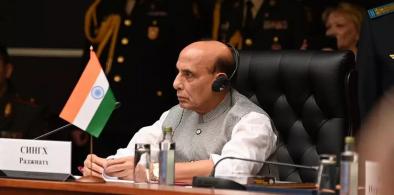
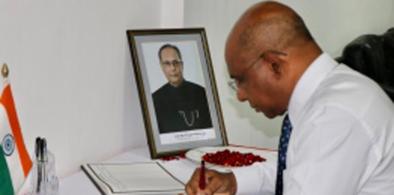
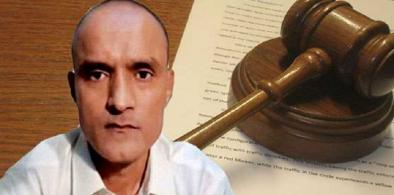
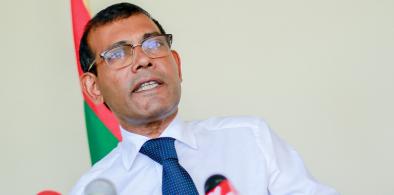

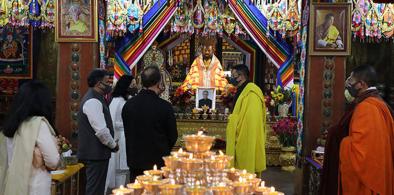
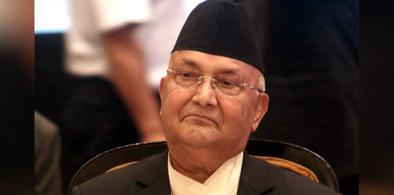
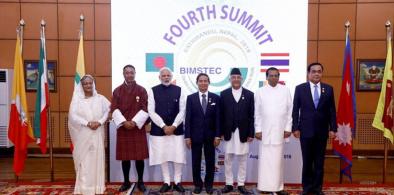
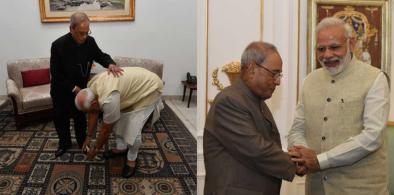
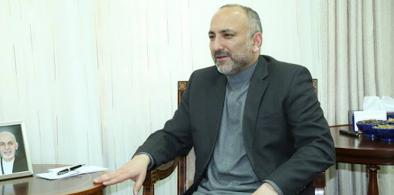





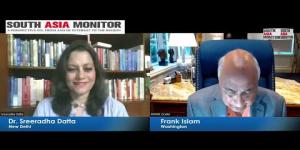
Post a Comment